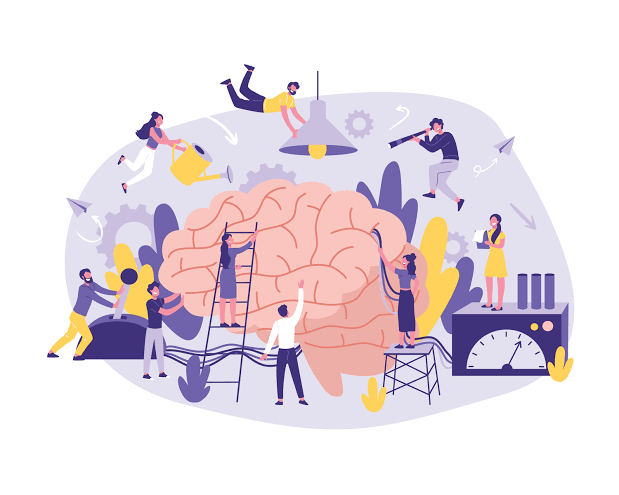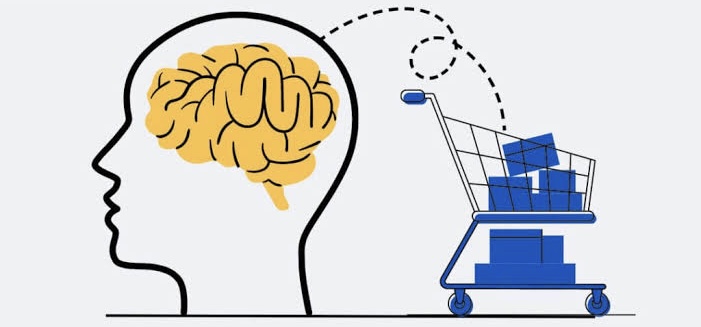
Neuroscience In Marketing
Ever wondered why some ads make you buy instantly? Neuroscience in marketing deciphers the brain’s response to ads, shaping consumer psychology and boosting engagement. Learn how neuro marketing influences buying behaviour and ad strategies to maximise sales. Discover actionable insights that blend science and strategy for high-converting campaigns.
Table of Contents
- Neuroscience In Marketing: The Science Behind Buying Decisions
- What Is Neuroscience in Marketing?
- How Neuroscience in Marketing Influences Buying Behaviour
- Neuroscience In Marketing Techniques for Better Ad Campaigns
- The Role of Consumer Psychology in Advertising
- Applying Neuroscience-Based Strategies to Improve Sales
- Neuroscience In Marketing: Time To Optimise For Success
Neuroscience In Marketing: The Science Behind Buying Decisions

Have you ever found yourself buying something without knowing why? The answer lies in neuroscience in marketing. Our brains make purchasing decisions in milliseconds, often driven by subconscious triggers.
Brands that understand consumer psychology use strategic ad placements, color psychology, and emotional cues to influence buying behaviour. From social media ads to in-store experiences, neuromarketing helps businesses craft messages that resonate with the human brain—leading to higher engagement, conversions, and brand loyalty.
Let’s dive deep into how neuroscience in marketing shapes buying decisions and what brands can do to leverage its power.
What Is Neuroscience In Marketing?
Neuroscience in marketing (also known as neuro marketing) is the study of how the brain responds to advertising, branding, and purchasing decisions. It combines psychology, behavioral science, and neuroscience to create marketing strategies that trigger emotional and cognitive responses.
Brands like Coca-Cola, Apple, and Amazon use neuromarketing techniques to tap into consumer emotions, influence perceptions, and drive purchasing behavior. Understanding how the brain processes messages allows businesses to optimise their campaigns for maximum impact.
How Neuroscience In Marketing Influences Buying Behaviour
Neuroscience in marketing plays a crucial role in shaping buying behaviour. Here’s how:
1. The Power of Emotional Triggers
Emotions drive 95% of purchasing decisions. Consumers don’t just buy products; they buy experiences and emotions. Ads that evoke happiness, nostalgia, or excitement lead to higher engagement and conversions.
2. The Role of Visual Stimuli
Humans process visuals 60,000 times faster than text. Brands use color psychology, facial expressions, and dynamic visuals to capture attention and enhance consumer psychology.
3. The Influence of Cognitive Biases
Cognitive biases like FOMO (Fear of Missing Out), social proof, and scarcity influence buying behaviour. Limited-time offers and testimonials activate the brain’s decision-making process, leading to impulsive purchases.
Neuroscience In Marketing Techniques For Better Ad Campaigns
Top brands leverage neuro marketing techniques to optimise their advertising strategies. Here are some proven techniques:
1. Eye-Tracking Technology
By analysing where consumers focus their attention, marketers can design visually compelling ads that guide users toward the CTA (Call-to-Action).
2. Emotional Branding
Using storytelling and emotional appeal strengthens brand connections. Companies like Nike and Dove use emotional storytelling to build trust and loyalty.
3. Sensory Marketing
Appealing to multiple senses—sight, sound, touch—enhances brand recall. For example, the signature sound of an Apple product turning on is a neuro marketing strategy.
The Role Of Consumer Psychology In Advertising
Understanding consumer psychology is key to crafting effective ad strategies. Here’s how psychology shapes consumer choices:
- The Priming Effect: Consumers subconsciously associate certain words, images, and sounds with emotions and actions. Brands use priming to reinforce their messaging.
- Social Proof & Influence: People trust recommendations from others. Influencer marketing and user-generated content leverage social proof to increase credibility.
- Decision Fatigue Reduction: Too many choices overwhelm consumers. Simplified messaging and clear CTAs streamline decision-making, improving conversion rates.
Applying Neuroscience-Based Strategies To Improve Sales
Want to drive more sales using neuroscience in marketing? Implement these actionable strategies:
1. Optimise Ad Copy with Emotional Triggers
Use persuasive language that triggers emotions like excitement, nostalgia, or urgency. For example, phrases like “Last Chance!” or “Limited Stock Available” create urgency.
2. Leverage Personalisation & AI
AI-powered recommendations enhance user experience by tailoring content to individual preferences, boosting engagement and conversions.
3. Apply Color Psychology
Colors influence perception. Blue builds trust (used by banks), red triggers urgency (used in sales), and yellow evokes happiness (used by McDonald’s).
4. Use A/B Testing for Data-Driven Decisions
Test different ad variations to analyse which elements—colours, headlines, or CTAs—resonate most with audiences.
5. Create Multi-Sensory Brand Experiences
Incorporate interactive experiences like augmented reality (AR) to engage multiple senses and enhance consumer connections.
Neuroscience In Marketing: Time To Optimise For Success
The future of advertising lies in neuroscience in marketing. Understanding how the brain responds to ads helps brands craft high-impact campaigns that drive engagement and conversions. By leveraging consumer psychology and neuro marketing techniques, businesses can optimise their strategies for long-term success.
Ready to implement brain-powered marketing in your campaigns? Start leveraging neuroscience in marketing today and watch your sales skyrocket!





